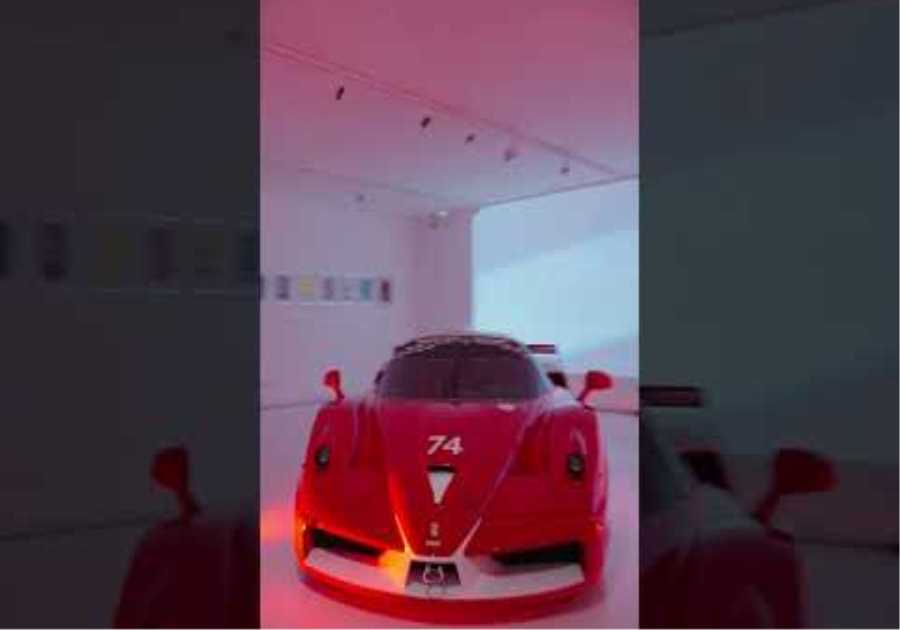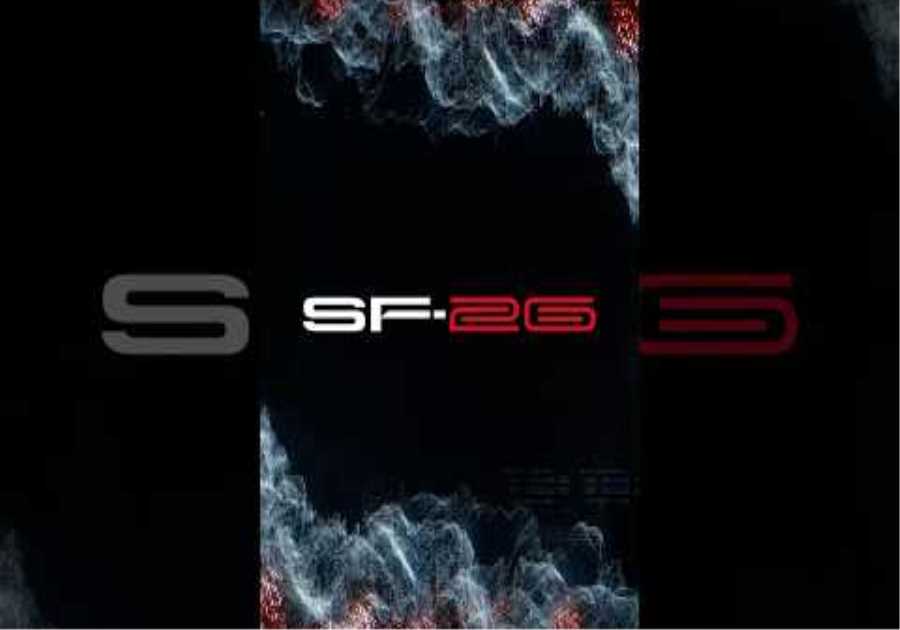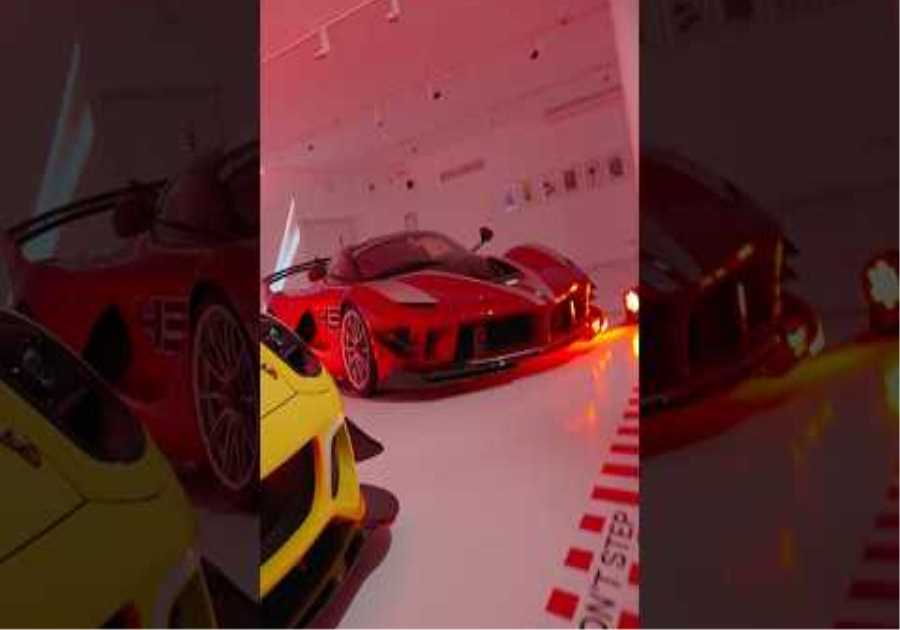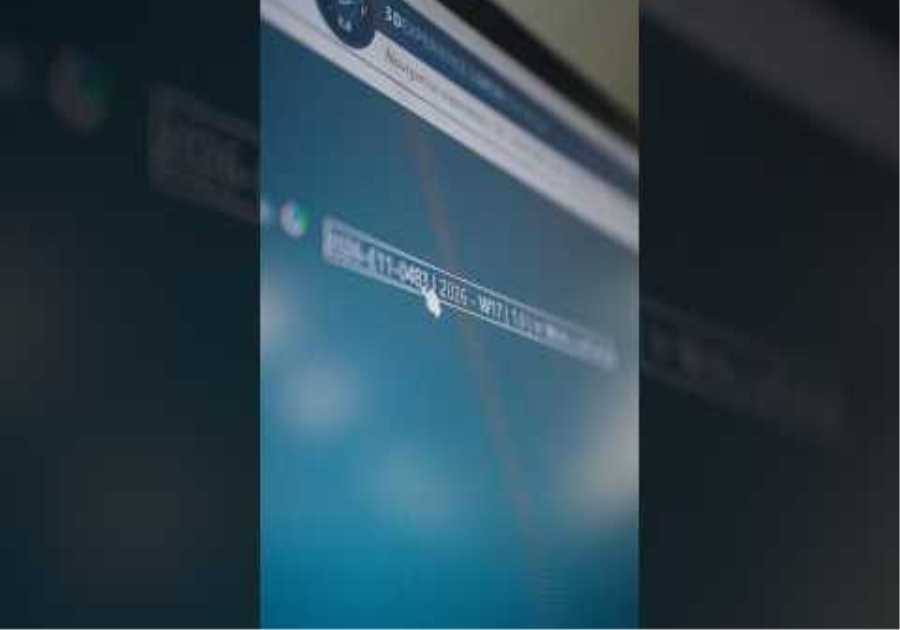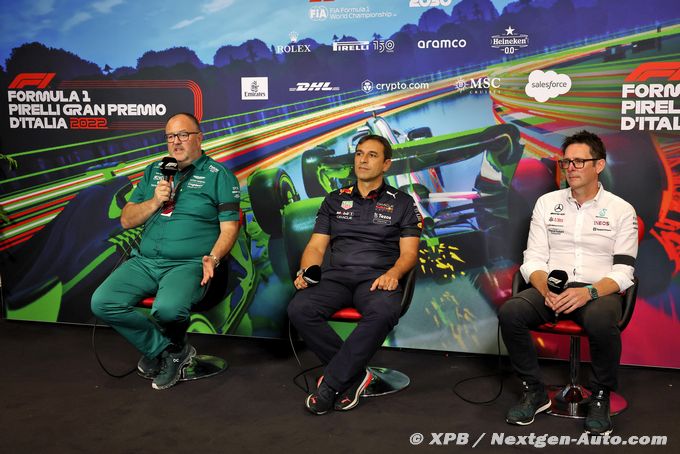
While the mid-season milestone is well over, the results of the new 2022 aerodynamic regulations appear very positive for the moment: the cars can follow each other on the track and fight each other, which was the expected initial effect.
One question, however, deserves to be asked: are the total benefits in terms of suspense and spectacle up to the investment required (redoing a chassis from scratch or almost)?
The question was first posed to the French technical director of Red Bull, Pierre Waché.
“You don’t think that way in our world. We try to optimize and maximize performance within the scope you have. »
“In terms of spectacle, are we seeing a better race? For us? The races seem a bit better than last year in terms of performance compared to the others. These are tough rules. I think, at the moment, the races look better than I expected, to be honest, when it comes to following another car. The rest is relative. »
On the Mercedes side, Andrew Shovlin, chief race engineer at Mercedes, does see positive effects, with the best examples of what happened on tracks where it was notoriously more difficult to come up with effective action. on track.
“Following another car is a little easier. There are circuits where, historically, there were very few overheads, like in Budapest. And the race there was a little more interesting. »
« There’s also the effect that when you introduce new rules, and they were completely new this year, it sort of resets the hierarchy. We haven’t quite closed the gap between the teams in this regard yet: it seems that Red Bull have emerged as a clear leader. The races are therefore a little more predictable than they were, perhaps, at the end of last year. »
“But it’s a small step in the right direction with a lot of changes to get there. And maybe the big change we were hoping for, and didn’t see, is the peloton coming together. »
At Aston Martin F1, Tom McCullough, the team’s performance manager, also makes this paradoxical observation: admittedly it is easier to follow another car in theory, but in reality the gap between the top teams and the mid-grid also remains abyssal. Especially for a team that badly negotiated this turn in the regulations like Aston Martin F1.
“As Pierre was saying, as engineers our job is to take a set of rules and try to make the car as fast as possible within those rules. The rules have posed greater challenges than we expected, especially at the start of the year. So, it’s been a fascinating year, it’s been a very interesting year. »
“Like Andrew was saying, you learn more when you have problems, you know, and for sure at the beginning of the year a lot of teams weren’t up to par with their simulation tools, we were there. understood, so it was really interesting from a technical point of view. »


